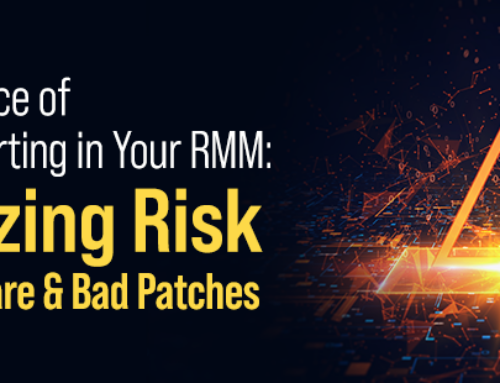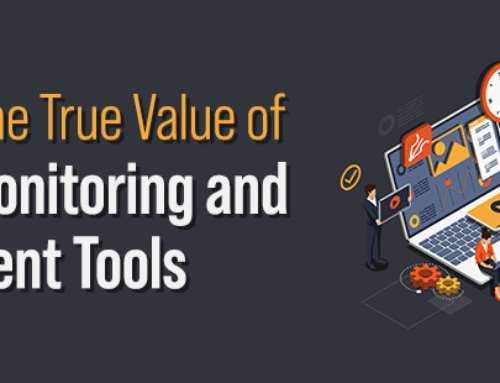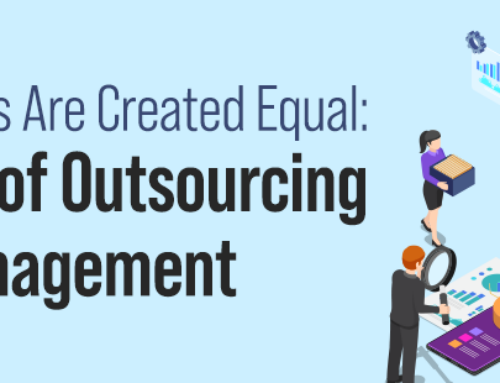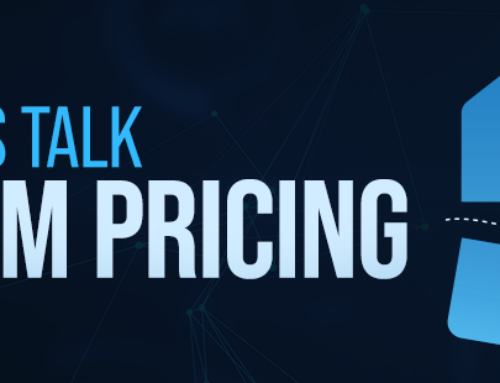In the last few years, it’s become apparent that managed service providers (MSPs) are increasingly becoming the target of cyberattacks, to the point that the Department of Homeland Security issued a warning about targeted attacks targeting the sector last year.
It’s not hard to see why MSPs are a tantalizing target for attackers. Their integrated role, including utilizing RMM tools and having administrator access or elevated privileges, gives them deep access to many clients of every size and industry. There have already been numerous examples of attackers leveraging this connection, including a highly-publicized attack campaign called Cloudhopper that leveraged numerous large MSPs to access client networks and steal sensitive information.
As a trusted advisor, MSPs must take the necessary steps to secure their organizations. A vital piece of that security strategy is protecting the RMM software, the critical tool that MSPs use to monitor the performance of endpoints and other IT assets remotely.
The vast majority of MSPs already utilize an RMM tool in some capacity, with many relying on it as a critical tool to run their business. Key steps to ensure RMM security can include providing strong password protection (including utilizing multi-factor authentication), using least privilege principles, and choosing an RMM provider that builds its software with security in mind.
MSPs can also further safeguard their customers by leveraging RMM to their advantage when it comes to cybersecurity. An RMM tool can be used for implementing critical security best practices, including patch management and maintenance, asset file management, network mapping, device management, and troubleshooting. With these actions, MSPs can help their clients be more proactive, instead of waiting for an alert from their firewall or antivirus software to recognize a problem in their security posture.
Automation further enhances these capabilities for an MSP, by improving the effectiveness of services and ensuring every task is completed on time and to a high standard. It can also increase speed to action, an essential factor in a world where new cyber threats and vulnerabilities emerge every day. Finally, automation can improve overall team productivity, allow MSPs to handle an increased number of clients more effectively, lower costs, and free up resources for further strategic conversations around cybersecurity.
The bottom line: While MSPs are proving to be an increasing target for attack, they are also more and more becoming a client’s best resource when it comes to implementing cybersecurity best practices. An RMM tool is a crucial tool in an MSP’s arsenal to ensuring clients are quickly (or even automatically) taking the steps they need to protect their organization from attack.




